Top 10 Best Programming Languages to Learn Right Now
 |
| Top 10 Best Programming Languages to Learn Right Now |
| Table of Content |
Pursuing software or website development is a challenging but highly rewarding career path. Now, for the next big decision: Which programming language should you start with? It can feel like a daunting choice since your first language is your first exposure to the world of programming can set the tone for your learning experience.
Each programming language is designed for a specific purpose and has its relative merits and demerits. Also, the answer to the most useful programming language to learn is subjective and depends on your familiarity with coding. Irrespective, the following 3 parameters are essential to narrow a language a choice.
- Job Opportunities in the chosen Language.
- The popularity of the chosen programming language should be on an uptick.
- Your Career / Life Goals.
Below, we have listed the 10 Best Programming Languages you can learn right now.
What is a Programming language?
The code is pretty much like writing a paragraph of instruction or creating a to-do list for computers. Unlike us humans, the to-do list and instructions you write for the computer have to be extremely detailed and written in some logic.
With code and programming, you can get the computer to draw complex shapes and create rich computer graphics, and then create programs that understand game mechanics and help you build games that feel real with gravity and particle collision, with these programs you can create the most intense and immersive games of all sorts.
With code and programming, you can create and send content all over the world with your blog and personal website and style your blog to meet your style. You can build tech-driven business solutions and reach a wider range of customers and cater to a wider range of needs.
Types of Programming
1. Procedural Programming Languages
The Procedural Programming Languages paradigm, derived from structured programming, specifies a series of well-structured procedures and steps to compose a program.
It provides a set of commands by segregating the program into variables, functions, statements & conditional operators. Some examples are Adobe Dreamweaver, Eclipse or Microsoft visual studio, BASIC, C, Java, PASCAL, and FORTRAN.
2. Functional Programming Languages
A functional programming language is a declarative programming paradigm where programs are constructed by applying and composing functions. The language emphasizes expressions and declarations primarily. The foundation of functional programming is lambda calculus which uses conditional expressions and recursion to perform the calculations. It does not support iteration like loop statements & conditional statements like if-else. Some of the most prominent functional programming languages are Haskell, SML, Scala, F#, ML, and Scheme.
3. Object-oriented programming Language
Object-oriented programming languages are based on “objects” i.e. units that contain data in the form of fields and code in the form of procedures. OOP offers many features like abstraction, encapsulation, polymorphism, inheritance, and classes.
Encapsulation is the main principle as it ensures secure code. It also emphasizes code reusability with the concept of inheritance and polymorphism, allowing the enhancement of current implementations without too much alteration in the code. Most multi-paradigm languages are OOPs languages, such as Java, C++, C#, Python, and Javascript, among many others.
4. Scripting Programming Languages
All scripting languages are programming languages that do not require a compilation step. Rather, they are interpreted (there is no compile stage). The instructions are written for a run time environment. The languages are majorly used in web applications, System administration, games applications, and multimedia. It is used to create plugins and extensions for existing applications.
Some popular scripting languages are Javascript, PHP, and PERL for server-side scripting; Javascript, AJAX, and Jquery; Shell for client-side scripting, PERL, Python for system administration; and Ruby for web development.
5. Logic Programming
The programming paradigm is largely based on formal logic. The language does not tell the machine how to do something but employs restrictions on what it must consider doing. PROLOG, ASAP(Answer Set programming), and Datalog are well-known logic programming languages, with the rules written in the form of classes.
Top 10 Best Programming Languages to Learn Right Now
1. Python
2. HTML and CSS
3. C#
4. Scala
5. Java
6. R
7. JavaScript
8. Go
9. Ruby
10. Kotlin
**********
1. Python
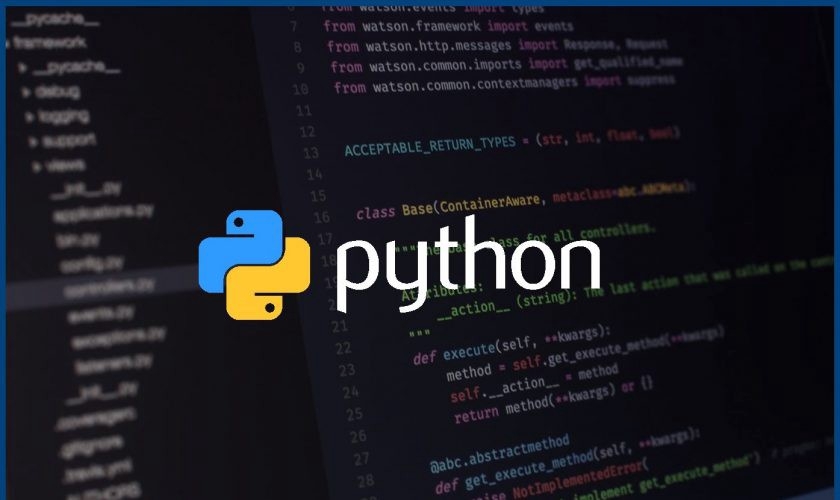 |
| Photo: Medium |
Python is always recommended if you’re looking for an easy and even fun programming language to learn first. Rather than having to jump into strict syntax rules, Python reads like English and is simple to understand for someone who’s new to programming. This allows you to obtain a basic knowledge of coding practices without having to obsess over smaller details that are often important in other languages.
Python also is ideal for web development, graphic user interfaces (GUIs), and software development. In fact, it was used to build Instagram, YouTube, and Spotify, so it’s clearly in demand among employers in addition to having a faster onboarding.
Though it has it’s advantages, Python is often thought of as a slow language that requires more testing and is not as practical for developing mobile apps as other languages.
2. HTML and CSS
 |
| Photo: developedbyed |
HTML and CSS aren’t technically programming languages. However, if you’re interested in web development, these should be the first two languages you learn besides JavaScript. You can’t really build anything web-based without at least some HTML knowledge, anyway.
HTML is the language that defines the content and structure of web pages. When you view a web page, you’re looking at your browser’s interpretation of an HTML file. CSS is an accompanying language that defines the style of the page — it’s what makes websites look nice, basically.
The good news is that, since HTML and CSS steer clear of the programming part of web development, they’re both pretty straightforward and a great way to get a sense of what coding a website feels like without committing to a whole programming language. Take a few days to get comfortable with these two and, if you like them, consider an introductory JavaScript course.
3. C#
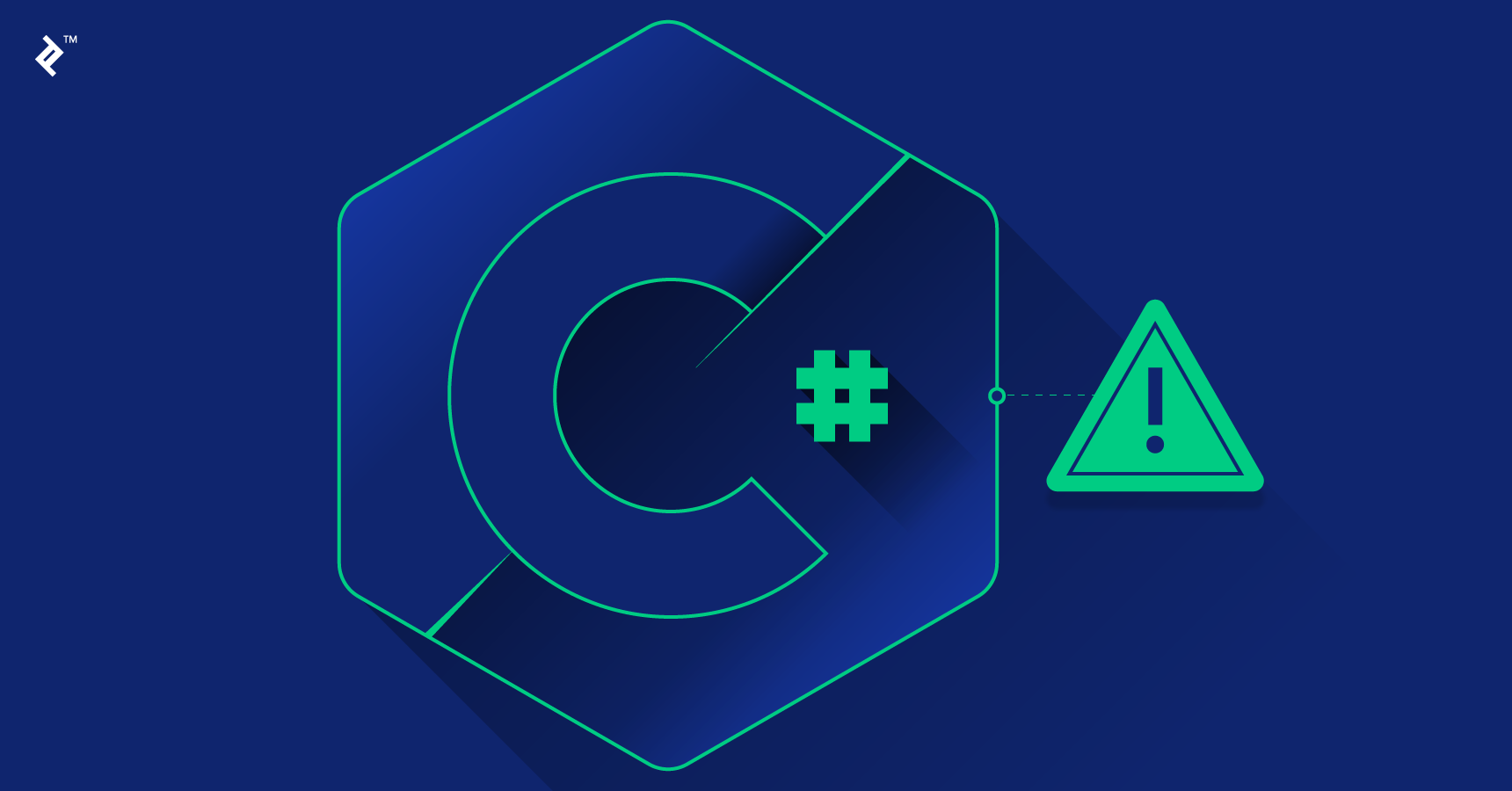 |
| Photo: toptal |
While C is one of the more difficult languages to learn, it’s still an excellent first language pick-up because almost all programming languages are implemented in it. This means that once you learn C, it’ll be simple to learn more languages like C++ and C#.
Because C is more “machine-level”, learning is great for teaching you how a computer functions. Software Developer Joel Spolsky compares it to understanding basic anatomy before becoming a medical doctor, making it the best way to code efficiently.
In this way, C is an exceptional choice to become a master coder and a talented developer from the get-go if you’re willing to take on the challenge.
4. Scala
 |
| Photo: Medium |
If you’re familiar with Java—a classic programming language in its own right—it’s worth checking out its modern cousin, Scala. Scala combines the best features of Java (such as its Object-Oriented Structure and its lightning-fast JVM runtime environment) with a modern twist.
As a functional programming language, Scala allows engineers to elevate the quality of their code to resemble pure math. Scala allows for concurrent programming, allowing complex procedures to be executed in parallel. Furthermore, it is a strongly typed language. Engineers can create and customize their own data types, allowing them to have the peace of mind knowing entire swaths of bugs are impossible at runtime.
5. Java
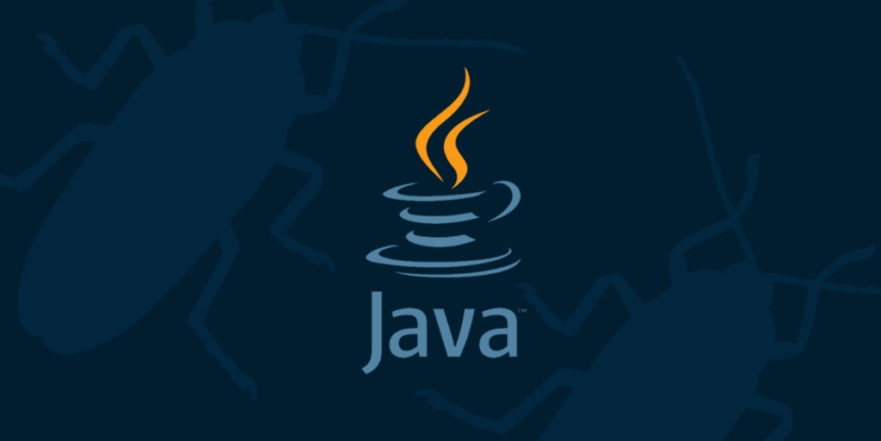 |
| Photo: softwareengineeringdaily |
Java is an object-oriented and feature-heavy programming language that’s in high demand. It’s been built under the premise of “Write once, run anywhere,” meaning that it can be written on any device and work cross-platform.
This makes it one of the most desired (yes, we mean high-paid) language skills. So, if you’re looking to learn a language that’s going to get you a great career, this might be the one, especially since top employers for Java programmers including Ebay, Amazon, and IBM.
Additionally, Java is often used for Android and iOS app development, as it’s the basis of the Android operating system, which makes it one of the best choices if you want to build mobile apps.
While it may not be as easy to pick up as Python, Java is a high-level language, and so it’s still relatively beginner-friendly. However, it has a slow startup and will take beginners much longer to deploy their first project.
6. R
 |
| Photo: techgig |
Interested in data science, statistics, and graphics? R is the language for you. It is able to analyze and visualize large volumes of data, which makes it very different from most other programming languages.
R is not a very easy one to learn, however. Even if this isn’t your first programming language, its syntax is not like anything you’re likely used to. And if you’ve never tried learning coding before and don’t have a background in science or statistics, you may not have a very good time trying to figure it out on your own.
On the other hand, R opens up the door to industries that involve business, research, statistics, and economics – all of which can pay very well.
7. JavaScript
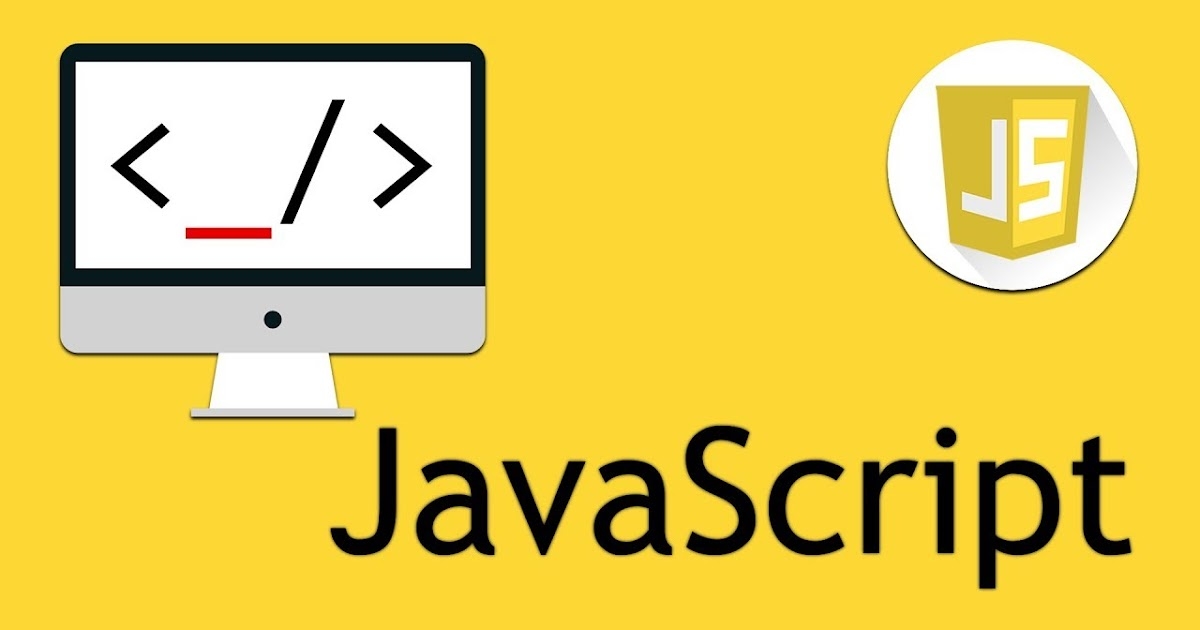 |
| Photo: java67 |
JavaScript is another incredibly popular language. Many websites that you use every day rely on JavaScript including Twitter, Gmail, Spotify, Facebook, and Instagram according to General Assembly.
Additionally, it’s a must-have when adding interactivity to websites because it communicates with HTML and CSS. This makes it essential for front-end development and consumer-facing websites while becoming increasingly important in back-end development and growing in demand all the time. Because of its popularity, JavaScript is also the leading the charge in test automation frameworks, being the backbone of frameworks like Protractor and Nightwatch.JS.
There’s nothing to install with JavaScript since it’s already built into browsers, so it’s the easiest language to get started with in terms of set-up. The con here is that this means it’s interpreted differently across browsers (you’ll need to do some extra cross-browser testing) and may have deficiencies in responsive design compared to server-side scripts.
Again, while it’s not the most difficult to learn, it certainly isn’t as easy as Python. If Javascript does seem difficult at first, try out this Javascript tutorial that’s so easy a cat could do it.
8. Go
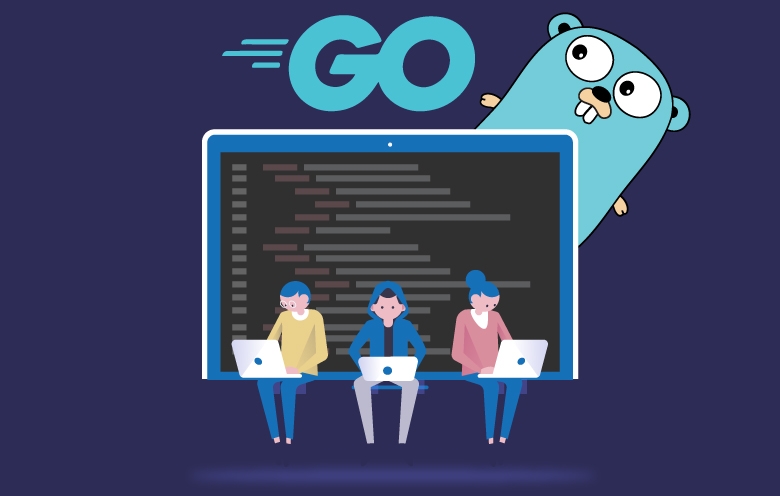 |
| Photo: softwebsolutions |
Go was developed by Google in 2007 for APIs and web applications. Go has recently become one of the fastest-growing programming languages due to its simplicity, as well as its ability to handle multicore and networked systems and massive codebases.
Go, also known as Golang, was created to meet the needs of programmers working on large projects. It has gained popularity among many large IT companies thanks to its simple and modern structure and syntax familiarity. Companies using Go as their programming language include Google, Uber, Twitch, Dropbox, among many others. Go is also gaining in popularity among data scientists because of its agility and performance.
Go developers can earn an average annual salary of $141,654, and hitting up to $261,000.
9. Ruby
 |
| Photo: toptal |
Ruby is similar to Python in that it’s one of the easiest languages for people with no prior programming experience to read. You don’t need to know a ton of commands or programming vocabulary to learn it, and it has a multitude of libraries and tools that come in handy.
A big reason people like Ruby is because of the awesome full-stack framework, Ruby on Rails, which is becoming increasingly popular among startups and enterprise solutions. Airbnb, Groupon, Hulu, and Soundcloud are just a few of the websites that were built with Ruby on Rails, and Ruby has quite the active developer community today.
The reason it’s so popular for small businesses, however, is often one of the many criticisms against it. Ruby can have the challenge of scalability across a large system and may have a hard time with performance on larger websites. Additionally, while Ruby is certainly easy to learn, you’ll find most of the opportunities come from learning Ruby on Rails, which may slow down your learning curve if you were just expecting to take the easy way out to create a website.
10. Kotlin
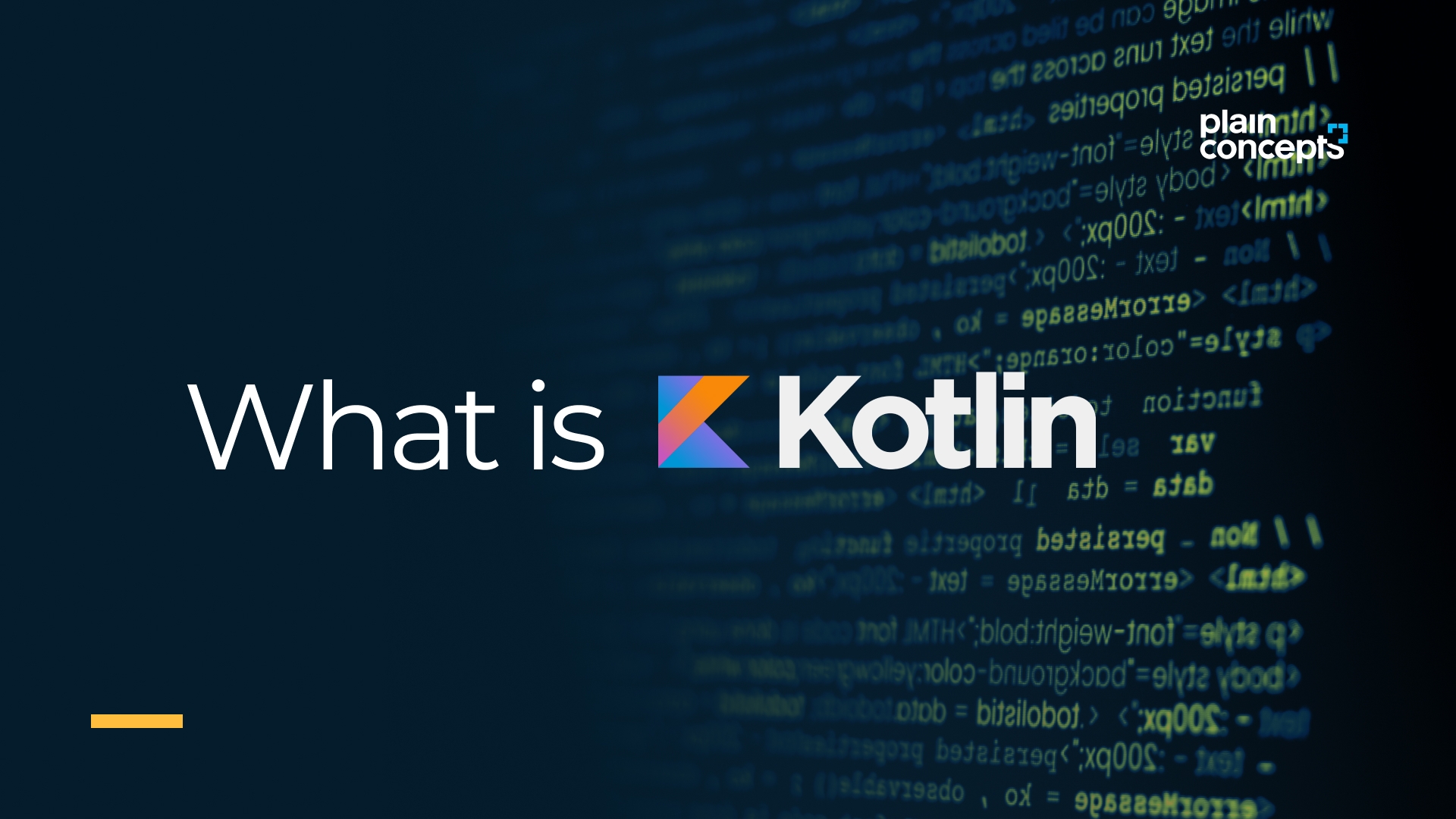 |
| Photo: plainconcepts |
Kotlin is a general-purpose programming language with type inference. It is designed to be completely interoperable with Java. Moreover, from the time Android announced it as its first language, Kotlin offers features that developers ask for. It effortlessly combines object-oriented and functional programming features within it.
The effortless interoperation between Java and Kotlin makes Android development faster and more enjoyable. Since Kotlin addresses the major issues that surfaced in Java, several Java apps are rewritten in Kotlin. For instance, brands like Coursera and Pinterest have already moved to Kotlin due to strong tooling support.
As most businesses move to Kotlin, Google is bound to promote this language more than Java. Hence, Kotlin has a strong future in the Android app development ecosystem.
Kotlin is an easy-to-learn, open-source, and swift language for Android app development that removes any adoption-related barriers. You can use it for Android development, web development, desktop development, and server-side development. Therefore, it’s a must-learn language for programmers and Android app developers in 2020.
How to learn a programming language?Learning programming languages primarily requires dedication and practice, you can not become a programmer without writing code. That being said, you can begin to understand Computer Science with an introductory course you like as Harvard’s CS50 which is publicly available on their youtube channel. After getting familiar with programming and basic concepts, you can pick up the field and language you like and search for resources. You can find hundreds of useful resources, tutorials, and FAQ concerning many languages and technologies. You’ll also find programming roadmaps for different tracks and blog articles comparing and exploring the different parts of software development. |
 What Is ABET Accreditation: Programs, Requirements and Fees What Is ABET Accreditation: Programs, Requirements and Fees Just like any other accreditation, ABET is an accreditation that ensures that the educationalists fulfill all the requirements of providing quality education to students and ... |
 20 Best & Cheapest Online Healthcare Administration Programs 20 Best & Cheapest Online Healthcare Administration Programs This post guides the top 20 best and cheapest programs that offer the most affordable online bachelor in healthcare administration degrees. |
 What is the First Programming Language in the World What is the First Programming Language in the World Computer programming is the very basis of the digital age that we live in today. Every time you like a post on social media, send ... |























